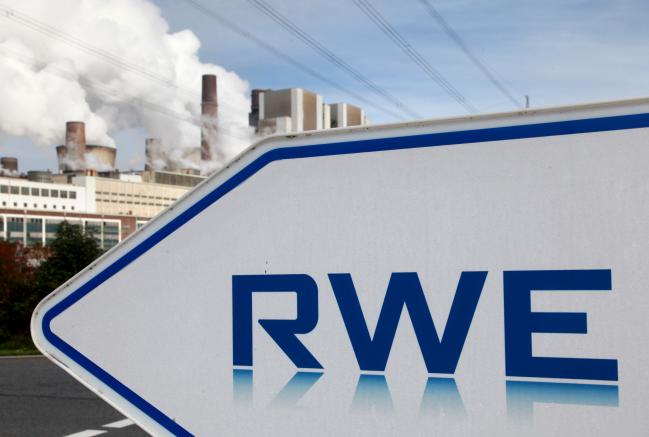(Bloomberg) -- RWE AG (DE:RWEG) plans to buy more U.S. liquefied natural gas after signing two contracts this year in a strategy to bulk up the utility’s sources of the super-chilled fuel.
Germany’s biggest power producer agreed on supplies of U.S.-produced LNG for the next couple of years and is negotiating longer-term agreements, according to Andree Stracke, the chief commercial officer at the company’s trading unit.
The U.S. is eager to sell more gas to Germany, with President Donald Trump repeatedly calling on Europe to buy American LNG. From exporting virtually no LNG three years ago, the U.S. is shipping more of its abundant domestic shale gas to become an emerging global gas power.
“We are building up a worldwide, significant portfolio of LNG,” Stracke said in an interview at the company’s Essen headquarters. “This year we have signed two contracts for U.S. LNG. One contract is for one year, the other one is for two or three years.”
Stracke declined to provide details of its transactions. “Will this LNG arrive in Germany? No, because we don’t have a terminal. Will it arrive in Europe? Maybe.”
RWE, with offices in the U.S. to Mumbai and Shanghai, traded about 6 million tons of LNG in 2017, which was about 2 percent of the global market. Imports to Europe are poised to rise almost 20 percent by 2040 from 2016 levels, according to the International Energy Agency.
One challenge in getting U.S. LNG is a lack of financing to export the fuel to Europe, Stracke said. To minimize price risk, lenders to U.S. projects typically require sales of future production to be based on Henry Hub, the U.S. gas benchmark. But European buyers want rates linked to their markets.
“Banks won’t lend against European gas prices,” he said. “There is not a single bank in the U.S. that gives credit. If Americans are interested in selling gas to Europe, they should accept European pricing. And they don’t.”
While U.S. prices are lower than in Europe, the difference is narrowed after liquefaction and transport costs. Henry Hub prices can be hedged 10 years forward, compared with a three-year horizon in Europe, Stracke said earlier this month.
German Terminal
In Germany, Europe’s biggest gas consumer, the focus has been more on preparing for imports from Nord Stream 2, a controversial pipeline from Russia, than on importing U.S. fuel. An LNG import terminal has been proposed, but it won’t open until 2022 at the earliest.
RWE pledged earlier this year to buy LNG from the terminal on Germany’s northern coast, but the utility will only invest in capacity at the facility if it can get long-term purchasing contracts, such as the ones it’s seeking from the U.S., Stracke said.
“Your ducks need to line up and we’re still working on getting those ducks in a row,” he said. “We won’t book capacities just to have capacities.”
RWE signed a deal in September to buy a “considerable amount” of LNG imported into the new terminal if it becomes operational. A final investment decision on whether to build the facility, which would meet about 5 percent of Germany’s gas needs, won’t be taken until next year.
